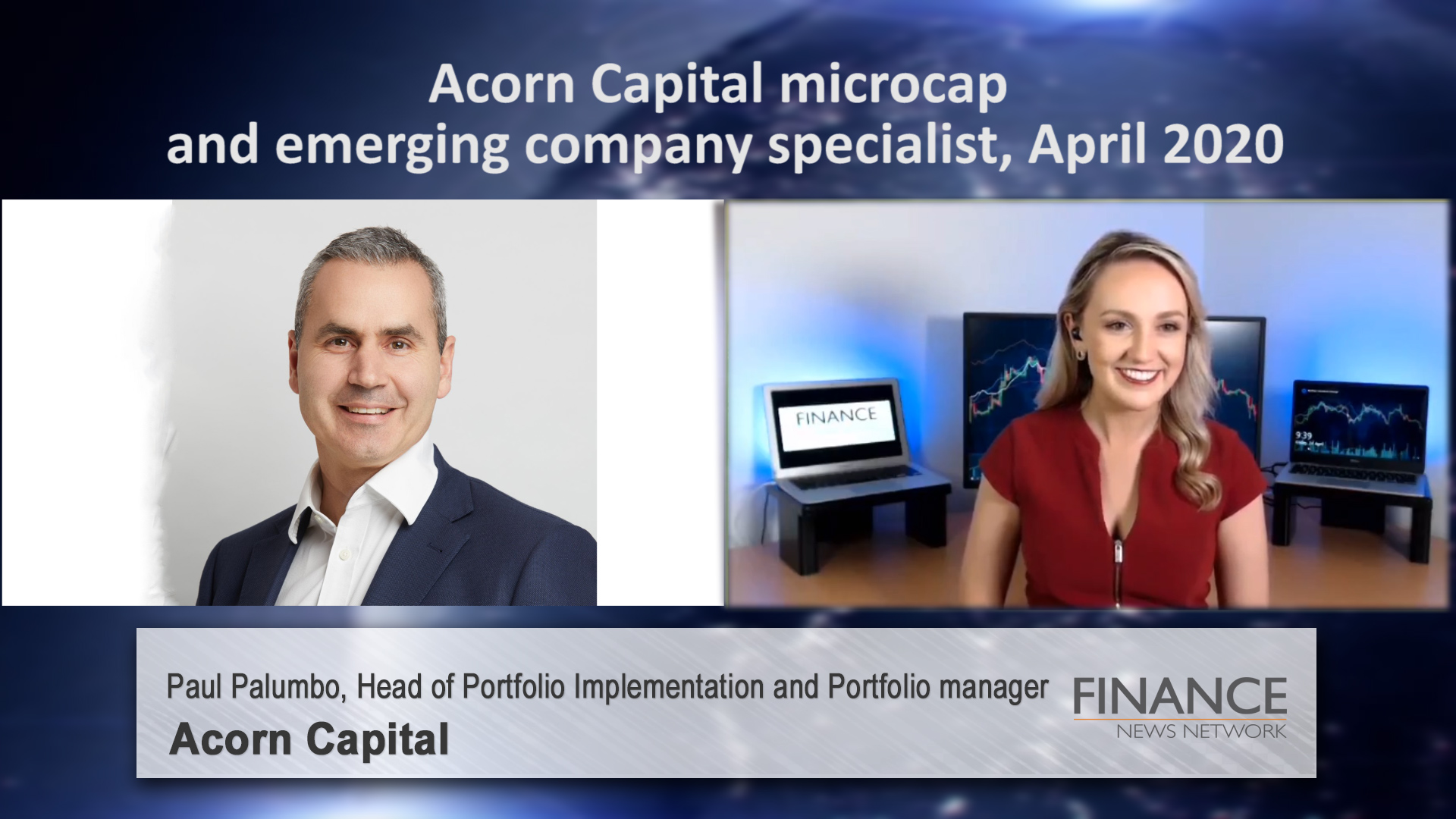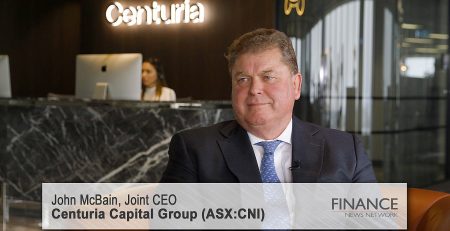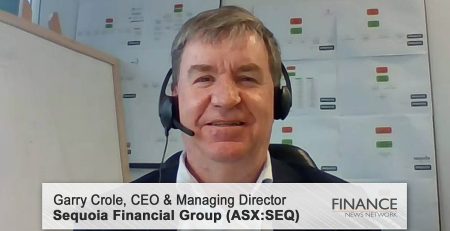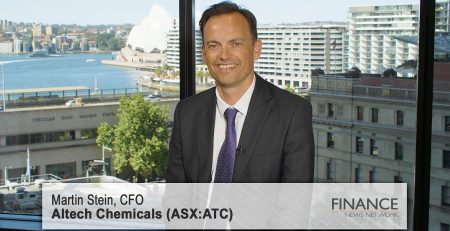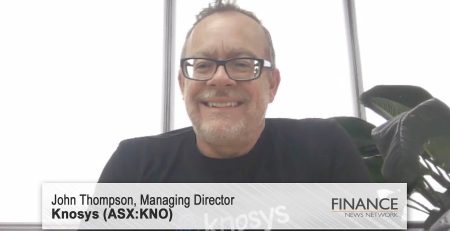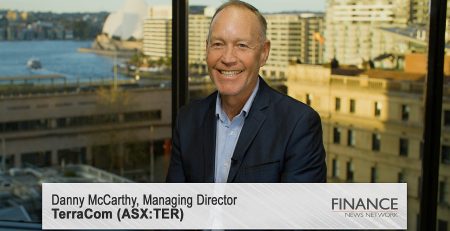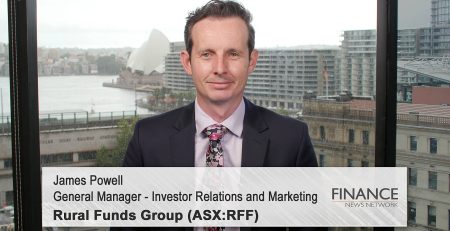Acorn Capital microcap and emerging company specialist
Acorn Capital, Head of Portfolio Implementation and Portfolio manager (Healthcare and Biotechnology sectors) Paul Palumbo looks the microcap sector and the recent market sell off and discusses the outlook for next 6 months and longer term.
Katrina Bullock: Hello. Katrina Bullock for the Finance News Network and joining me today from Acorn Capital is Specialist Microcap Portfolio Investment Manager and Manager of the Acorn Capital Investment Fund, Paul Palumbo. Paul, welcome to FNN.
Paul Palumbo: Thanks, Katrina. Lovely to be here.Katrina Bullock: Pleasure. Now first up for investors who may be unfamiliar with Acorn Capital, could you give us an introduction to the company?
Paul Palumbo: Acorn capital was established in 1998 as a specialist market cap investor. We're a full opportunity set manager, which means we look for opportunities across all industries and we invest in both public and private companies. We have the largest dedicated market cap research investment team in Australia and we look for companies with an attractive risk reward profile for the portfolio. We serve both institutional clients and non-institutional clients and our emerging growth strategy has generated 7% returns above benchmark for the last 11 years.
Katrina Bullock: Thanks, Paul. Markets have been quite volatile recently. Could you give us an update on how the microcap sector has faired in the recent sell off?
Paul Palumbo: The microcap sector has experienced its fastest beer market on record. In the past two months, the sector has fallen 36%. We have proprietary data going back to 1974 that tracks the movement of the ASX listed microcap sector. So we know a bear market typically sees a decline of 25% to even up to 65% but typically that occurs over 18 months. The last two months of declines has been unprecedented.Paul Palumbo: Another factor that we closely monitor it is microcap sector liquidity. Leading into this bear market liquidity was actually excessive highs and that was probably on the back of some reasonable gains in the space. We feel this is very unsustainable and do expect that the liquidity in the space will decline quite meaningfully and that may catch out some less experienced investors.
The other impact of these volatile conditions is the primary market. Microcap companies typically rely on the equity markets to support their growth and the volatile conditions do mean that it is now more expensive for companies to raise capital.Katrina Bullock: You mentioned the need for capital at the small end. What sort of discounts do you foresee companies looking to raise equity will need to offer in order to bolster their balance sheet in this economic conditions?Paul Palumbo: Yeah, so we see a real significant opportunity from an investment perspective in the primary market. The primary market is where companies receive capital directly from investors. The capital raising cycle has begun and we are seeing opportunities where discounts from 30% are being captured and that's on top of the price declines of around 36%. This is a very similar experience to what we observed during the GFC and we captured similar levels of discounts at that point in time. It's worth noting that in 2009 the last really large capital rising cycle, 11 and a half billion dollars was issued by microcap companies on the ASX. It's our view that that amount will be well exceeded in this current round.
Katrina Bullock: Thanks, Paul. Can you tell us a bit more about how Acorn Capital invests starting with its investment approach?
Paul Palumbo: Yeah, we approach our investment through an industry focused, bottom up research process in order to identify a mispriced or attractive microcap opportunities. We focus on both the qualitative and quantitative aspects of an investment case because our experience shows that they're both equally important. We also spend a lot of time thinking about where a company sits on the stage development life cycle. It's a really important consideration because it really defines what are your risk tolerances and your return expectations that need to be met in order for an investment case to come into the portfolio.
Katrina Bullock: How about the portfolio construction? Could you tell us a bit more about that?
Paul Palumbo: Yes, we are big believers in diversification to help manage risks within the portfolio. We diversify our portfolios along industry lines, along the number of positions that we hold, and we also ensure that we've got appropriate exposure across that company stage of development, life cycle. We size our investments appropriately when they come into the portfolio and then we allow them to grow as the investment case matures and milestones are achieved. Now our two largest positions in the fund being Telix Pharmaceuticals, which is listed on the ASX and Moula Money which is an understood investment. Both came into our portfolio with relatively small weights, but we have built those positions over time through further capital investment, but also through capital growth as both of those companies have successfully executed.Katrina Bullock: Most importantly, Paul, how has the portfolio performed to date?
Paul Palumbo: We're very proud of our performance in the five years to March, 2020 which does include this very rapid and fast and bear market, we've outperformed the Microcap Index by 7.9% per annum over the past five years. We've also outperformed the small cap market by 5% per annum.
Katrina Bullock: Now, Paul, many investors have portfolios at the moment skewed to the big banks and miners. Why should they consider integrating microcaps into their portfolios?
Paul Palumbo: I think it's important for investors to understand that the microcap sector isn't a smaller version of the large cap sector. It is its own distinct universe. If you compare the two largest sectors, resources and financials, you really understand that there is a very different thematic exposure in market caps versus large caps.Paul Palumbo: In resources, we some bright opportunities in gold. Whereas in the large cap space, the predominant risk commodity exposure is bulk commodities. In the financial space, the large cap exposure is really your big four banks. Whereas in the microcap space, we have no banks of any note. In fact, we have all the FinTech disruptors that are threatening the bank's business models. Thematically, it is very different to investing in large caps.
Paul Palumbo: There are other benefits to consider for investors taking an exposure in microcaps. Some of those benefits include getting exposure to companies who have the greatest capacity to grow. The sector is home for innovation and for disruption and really it is the home for the stars of tomorrow, the next large cap positions.Paul Palumbo: We also think the sector is really inefficient, so it means that through rigorous research we can identify mispriced opportunities and that's where, yeah, a well-researched stock selection process will generate returns for investors.Katrina Bullock: Thanks, Paul. Before we let you go, any final words for investors?
Paul Palumbo: We think the sector offers some really exciting opportunities. Current market conditions are volatile and we do expect that they will continue. However, we do think it's setting the foundation for some fairly attractive returns in the future, particularly by the primary market.Paul Palumbo: We think the patient investors who can take a longterm view now is actually the time to selectively deploy capital into the market and I think when we look back in two to three years' time, we will find that now is a really good time to be deploying capital into the space.Katrina Bullock: Paul Palumbo, thanks for the update and the introduction to the fund. Looking forward to catching up with you again next quarter.
Paul Palumbo: Thank you, Katrina.
Ends
Copyright 2020 – Finance News Network
Source: Finance News Network

